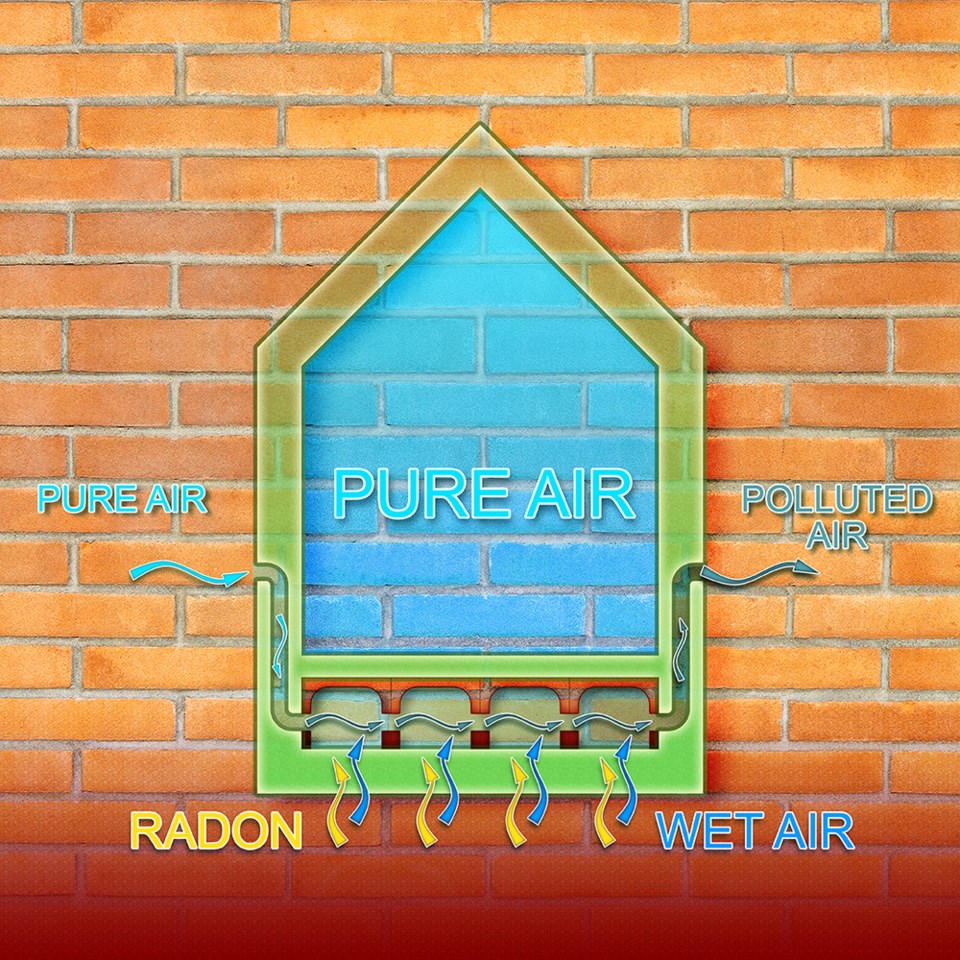Radon exceeding recommended levels has been detected in two schools in the Sea to Sky Corridor, but authorities say that shouldn’t be cause for alarm.
A small amount of radon has been found in Valleycliffe Elementary School in Squamish and Ecole Spring Creek Community School in Whistler, according to the school district.
School district spokesperson Laura Darch said a senior Vancouver Coastal Health official told the school district that radon levels are low enough to warrant retests while classes are still in session.
“There is absolutely no risk to students or to staff,” said Darch, recounting what the official told the school district.
“He’s 100 per cent assured us that there’s no risk, so everything is going to go ahead as normal on Tuesday. But his advice to us is to get more sophisticated testing done.”
Retests are recommended because there’s a slim enough margin between recommended radon levels and the results that it could be a misreading, according to Darch.
Dr. Mark Lysyshyn, the VCH medical officer whom Darch was referring to, was on vacation and couldn’t be reached for comment before press time.
However, his signature appears on a joint letter signed by the school district and the health authority that said radon levels shouldn’t be a concern.
“Because a child’s classroom exposure represents a small portion of their overall exposure over the year, and the radon concentrations found are not high enough to warrant urgent action, the continued use of these classrooms while further testing and mitigation is being planned is not a health concern,” said the letter.
The letter, which was sent to parents, shows that in Squamish, Vancouver Coastal Health took radon readings in Valleycliffe Elementary.
These results showed that 56 per cent of the tests in this school were within acceptable levels set by Health Canada, but in danger of failing the standard set by the World Health Organization, or WHO.
Nineteen per cent of the tests in Valleycliffe were in danger of failing the standards set by both Canada and the WHO.
In Whistler, testing done in Spring Creek Elementary show that 55 per cent of the radon results met the criterion set by Canada, but were in danger of failing the standard set by the WHO.
Schools in the rest of the district had radon levels that are deemed acceptable by the both Canadian and WHO standards.
Testing lasted for three months over the past winter. Researchers placed sensors in the schools to monitor the levels of radon in each facility.
For the follow-up tests, the school district will be contracting Radon Environmental. The company has no complaints or reviews listed on its Better Business Bureau profile.
Officials hope that the corporation will use more sophisticated radon sensors to conduct more accurate readings. This way, authorities would be able to determine if radon levels in fact exceed the recommended thresholds.
If radon levels are found to be higher than either the Canadian or WHO limits after the second batch of tests, the school district will take action to fix its facilities, said secretary-treasurer Mohammed Azim.
Health Canada guidelines allow a two-year deadline for building remediations to occur, but Azim said the school district would take immediate action.
“We’re not going to wait two years, we’re going to start working on a remedial plan ASAP,” he said.
In such a case, ventilation systems would be installed in crawl spaces, which is where radon tends to gather, Azim said.
These renovations shouldn’t impact classes and would be finished in a matter of days, he said.
Long-term exposure to radon has been linked to an increased risk of lung cancer.
Radon is a naturally occurring, colourless and odourless radioactive gas that is produced by the decay of uranium found in rock, soil or water.
The substance enters buildings through cracks in the foundation, walls or floors and gaps around cables or pipes.
Once inside, it can accumulate and become concentrated in higher amounts.
Health Canada recommends that everyone test their home for radon.



